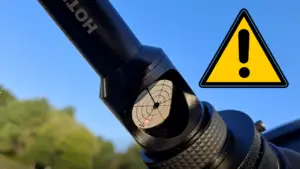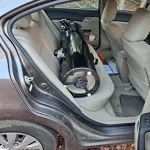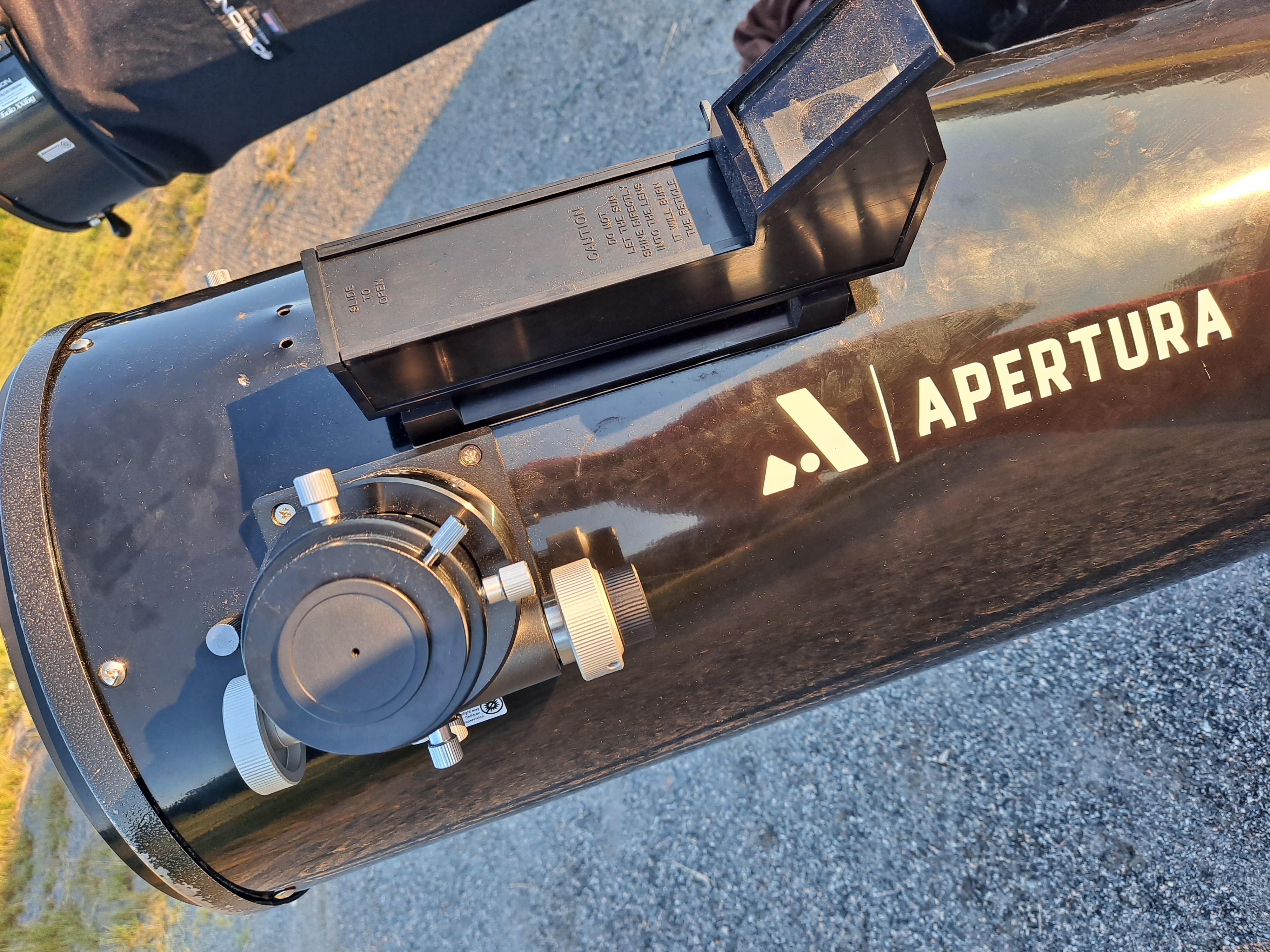Collimation is a skill to learn and if you have finally gotten your scope aligned, you may not want to ruin it. After transporting a telescope will you have to collimate it again?
Transporting a telescope can change the position of the mirrors very slightly which will impact collimation. Check collimation wherever you set up your telescope to observe. Look into your focuser with your naked eye, you should be able to see the whole mirror and all three clips. After that move on to your collimation tools.
Every time I have traveled with my telescope I have found that it needs to be collimated when I set up at my new site.
Things shift when the telescope is moved from storage to a dark site, I find that on my new scope the collimation screw behind the primary mirror falls out! I find it in the case when I am setting up. This means that the position of the mirror has changed.
I have heard plenty of people say that frequent collimation is a waste of time, but once you know the skill it only takes a few minutes. I think it is time well spent, as it gives you clearer, crisper views.

So, what happens when you travel with a scope and how does that affect collimation?
What happens when you transport a telescope?
When you transport a telescope, no matter if you are shipping it, driving with it or flying with it, it gets bumped and rattled.
The vibration can loosen screws and cause metal pieces to slide closer together. These movements are very small, but they affect collimation. They should not make enormous changes to the collimation of your telescope, but you will likely notice that your views are not as clear.
The other thing that can happen when you transport your telescope is dust and debris can get on the mirrors. This can make it appear that your scope is not properly collimated.
Check mirrors with your naked eye to be sure that they are clean before collimating. I have used KEM wipes to clean some optical glass.
When you are transporting a telescope, just be sure to keep these basics in mind:
Be sure to always transport your telescope with the dust caps on. This is the first layer of defense for your mirrors. Be sure that the dust caps are clean before putting them on your mirrors.
Remove your finderscope or telrad when transporting your telescope. They are easy to bump or break in transport. I hit my telrad pretty badly while packing up my scope, it was not damaged, but I always remove it now.
My 10” Dobsonian solid tube got quite dented and dinged up when I was transporting it, but those cosmetic dents did not make my telescope any less functional. I also did not make it hard to sell! Even with small dents in the optical tube my scope worked very well and sold for a good price.
Be sure to pack and unpack carefully. When you are packing up your telescope it will be dark and it is easy to lose small pieces, filters, screws, allen wrenches or even eyepieces can be left at the site if you are not careful.
This is probably one of the biggest issues that can arise from traveling with your telescope. A missing piece may take days or even months to replace and you will just have to wait.
This post gives a lot more options and information about transporting a telescope. The goal is for the scope to not bump around as much as possible. Keep it secured as much as possible.
Tips for Beginners: collimation
When I first got my telescope, collimation was so frustrating. I am just not a handy guy and this seemed really hard to me.
Here is the YouTube video I made when I had my first lightbulb moment.
Over the past two years I have gotten really proficient at collimating the telescopes that I have owned and here are the best things I have learned from doing it:
Check the collimation inside, during the day with a laser against a wall first few times.
The laser should be completely contained in the optical tube, you should not see it on the wall in front of your telescope.
I think a laser collimator is the best tool for beginners, but a collimation cap can be improvised if no tools are available. This makes it a great tool to learn to use, just in case.
Bob’s Knobs
A very common mod or upgrade is the installation of Bob’s Knobs. You can buy them from and they are pretty inexpensive.
Bob’s knobs allow you to adjust your mirror without any tools. That reduces the risk that you will accidentally drop something onto your mirror.
Go ahead and buy real Bob’s Knobs. They are the right diameter and length for use in telescopes. I bought some knockoffs on Ebay and they were a waste of money, they were completely useless.
Laser Collimator
I have a HoTech laser collimator and I have found it to be a quick way to collimate your scope.
I am still quite a beginner in this hobby having only observed for about 2 years, but this is my preferred way to collimate a Dobsonian Telescope.
There are lots of other tools that can be used for collimating your scope, the pros and cons are listed in this super helpful post.
Storage
Where you store your telescope and how often you travel with the scope will impact how often you need to collimate your telescope.
Some people are able to store their scope in a backyard observatory or in the garage on wheelbarrow handles. These situations only require occasional collimation, but if you are transporting your telescope and taking it apart and driving miles you should always collimate it when you arrive.
Check Your Screws
When you are checking your collimation initially, be sure to check that all your screws are where they should be.
Take some pictures of the position of all your screws before you transport the telescope and compare it to your set up in the field. These pictures will really help you if you are new and nervous tearing down and setting up your telescope.
Tighten or Loosen Your Screws
Locking screws keep the mirror in place, I read that tight screws and temperature fluctuations can warp the mirror over time. This made sense to me, so I keep my screws on the looser side.
This means that my mirror can move around more easily inside the optical tube during transport. Keeping screws tight will keep it from moving, but puts more stress on the mirror. You judge which makes the most sense to you.
There are opinions on both sides of this argument.
Should I transport my telescope?
I have a truss tube Dobsonian telescope, it must be collimated every time I set it up and take it down. There is virtually no chance that the collimation stays intact after being taken apart than assembled again. I continue to travel with my scope almost every week.
The bottom line is that we want to view the beauty of the night sky in detail not available to us with our naked eye.
Collimating your scope gives you the clearest views, even if you do not adjust your scope each time you observe, checking the collimation ensures that what you are seeing is the best your scope and the conditions can possibly give you.
The comparison I often see made online is tying your shoes. Yes it takes a few seconds, but walking with untied shoes is just not as nice as with tied shoes.
Transporting a telescope disrupts collimation and you should collimate every time you observe. This is the best way to get the most out of your telescope. When you are just learning to collimate, be sure to arrive at your site well ahead of sunset. This gives you time and light to get it right.






